How Solid Waste Is Doing You a Solid
Who knew clean energy could be so dirty?
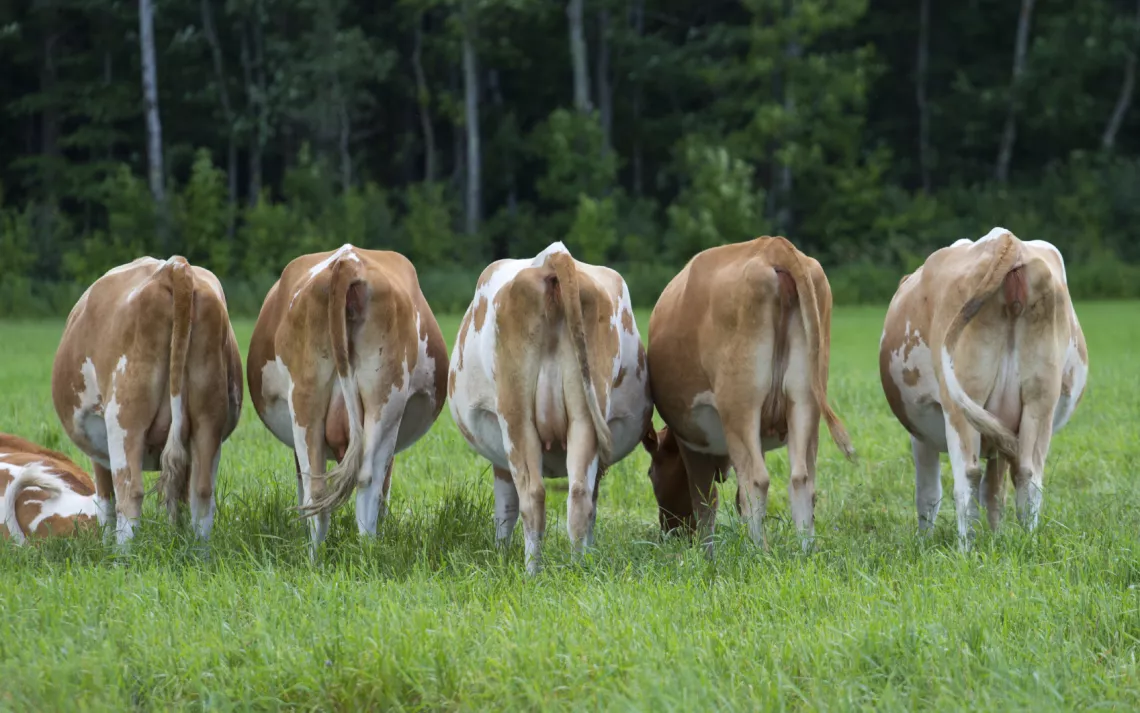
Humans have had to deal with other animals’ poop pretty much since we invented agriculture. So you’d think after several millennia, we’d have gotten better at disposing of it. Nope. Pollution from animal manure is still a huge health hazard, putting nitrates in our groundwater, creating algal blooms, and suffocating fish. But there’s hope: Instead of filling our landfills with toxic, smelly waste, these innovative solutions might be another way to deal with the grubby facts of life.
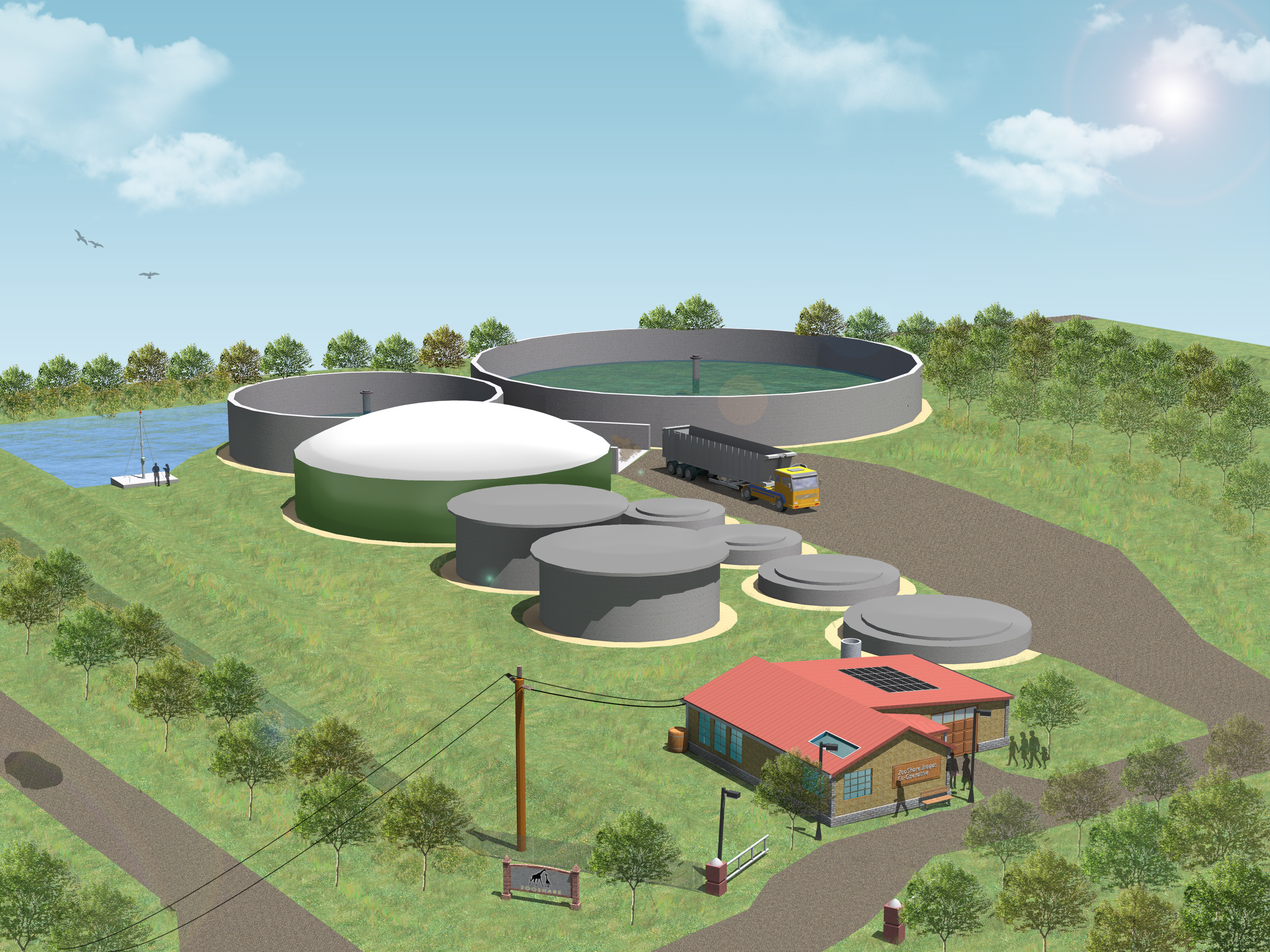
Giraffe poop can produce electricity
Many zoos compost, taking thousands of tons of manure produced by herbivores like giraffes and rhinos and converting them into nutrient-rich fertilizer that they can sell, give away, or use to enrich their own grounds. But the Toronto Zoo is taking their composting to the next level: They plan to build the first zoo-based biogas plant in North America.
The plant will recycle 3,000 tons of poop as well as 14,000 tons of inedible waste scraps from Canada’s largest grocery chain. All this fodder will generate enough renewable energy to power 250 Ontarian homes, divert a huge amount of waste from landfills, and return valuable nutrients to the soil with a high-quality fertilizer. Zooshare, the non-profit fronting the project, estimates that the plant will reduce greenhouse gases equivalent to removing 2,100 cars from the road each year.
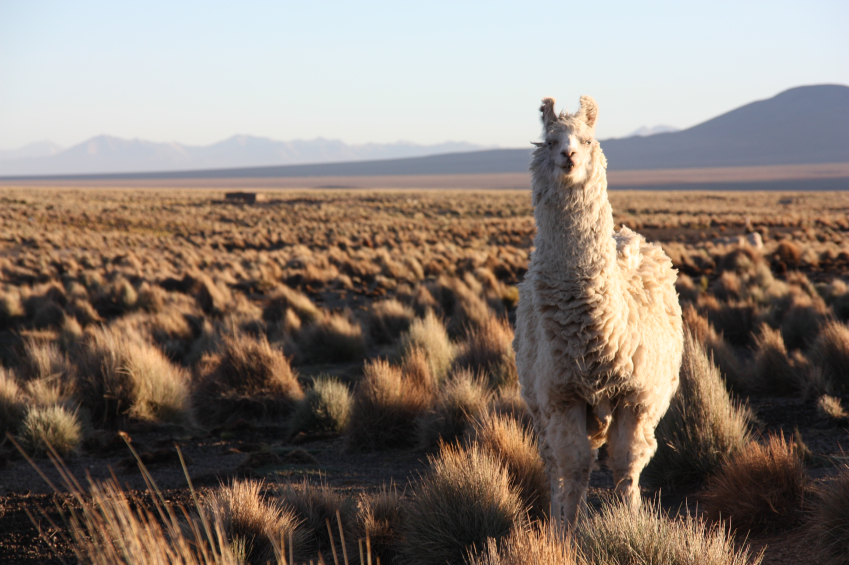
Llama poop can filter water
In 2002, British researcher Paul Younger was investigating runoff from an old Bolivian tin mine that was contaminating the main water supply of La Paz, the capital city, with iron and other metals. Younger had previously used composted grass to purify streams in the English countryside. But high in the Andes, plant material was scarce. So Younger worked with local engineers to build a series of large tanks filled with limestone gravel, layered over a three-foot thick stratum of llama poop. Water pumped through these tanks entered as acidic as vinegar and left with a pH level close to drinking water’s.
It seems counterintuitive—isn’t poop supposed to make water, you know, unclean? But Younger explains that bacteria living in the feces helped remove iron from the water with a neat bit of chemistry. The bacteria take in dissolved sulfate from the mine water to produce sulfide, which reacts with the iron in the water. The resulting iron sulfide is trapped in the compost beds. The water becomes much less acidic, and much more like something people would actually want to drink.
More recently, students at the Virginia Military Institute tried a different tack to solving the problem. Inspired by a service trip to Pampoyo, a small Bolivian village, the cadets thought to use carbon filtration to clean the water. Carbon filtration is essentially how Brita filters work: carbon particles attract and trap pollutants, removing them from the water. The carbon source of choice? Charred llama dung. The llama poop they burned, ground up, and slipped into samples of contaminated water managed to remove more than 90 percent of iron, copper, and lead from the water.
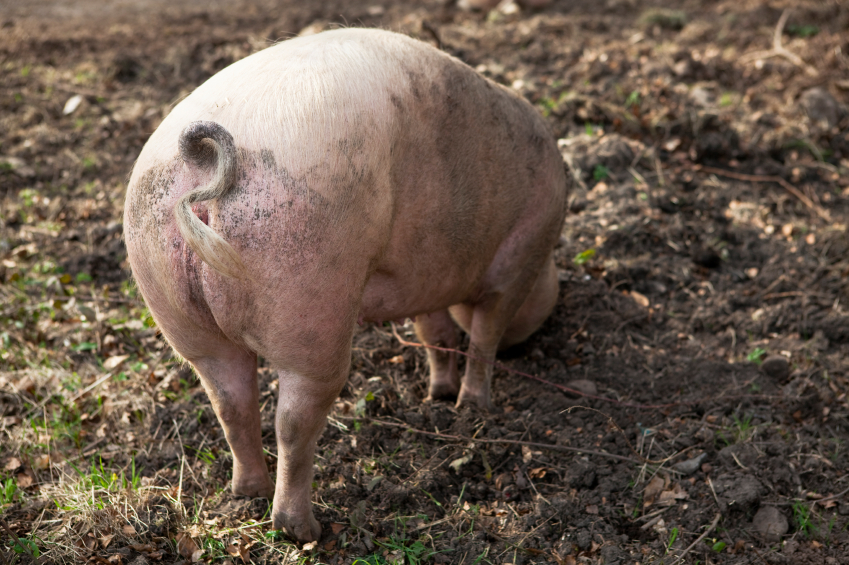
Pig poop can power your car
Neighbors of pig farmers everywhere can breathe a sigh of relief. In 2012, scientists from the University of Illinois at Urbana-Champaign converted pig manure into crude oil, using the same geologic process that creates oil from the bones of dead dinosaurs. But instead of applying heat and pressure over about 65 million years, these scientists did it in their lab’s metal reactor in less than an hour.
The researchers saw it as a way to solve two environmental problems. The process cleanly disposes of pig manure, one of the smelliest and most dangerous of poops (it contaminates groundwater with bacteria like E.coli, and releases harmful gases including hydrogen sulfide, methane, ammonia, and carbon dioxide). The conversion process kills the pathogens in manure and largely eliminates the odor, while putting a noxious substance to use as an energy source.
Theoretically, this pig oil could be used as a replacement for current uses of crude, including fueling small electric or heating plants or even cars. But lead scientist Yuanhui Zhang is quick to note that his technology isn’t likely to catch on, since big oil refineries aren’t set up to process the poop. And all things considered, crude oil is still terrible for the environment. But at least the poop-derived variety isn’t buried deep within the earth and extracted at extreme environmental cost.
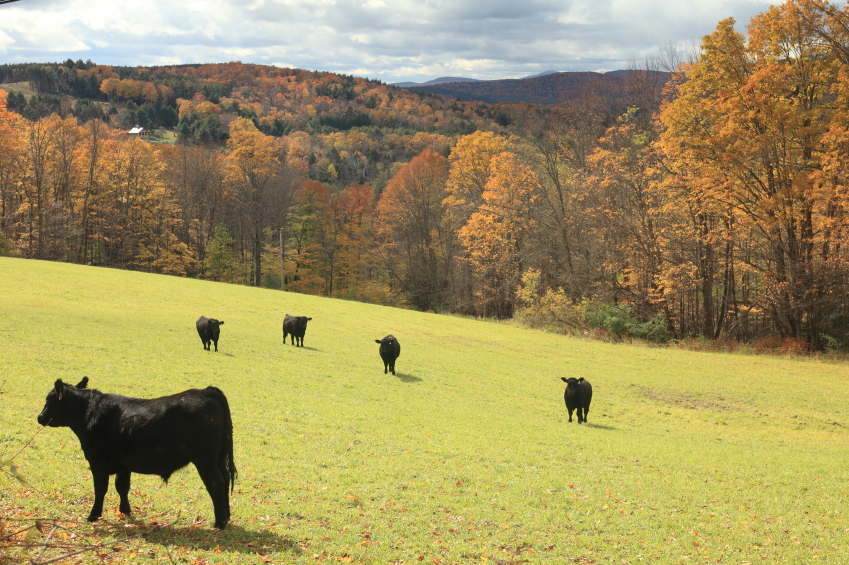
Cow poop can fuel local farms
Dairy farms dot the rolling hills of Vermont, and one company is harnessing the energy that’s quite literally littering the ground for a greener Green Mountain State. Cow Power, a program run by Green Mountain Power, encourages dairy farmers to donate manure to be converted into power, in exchange for cash from the electricity their cow poop produces.
How does it work? Farmers put cow patties into a boiler, where the poop gets turned into biogas and then converted into electricity. As side products of this process, the farmers gets fertilizer that helps crops grow, and the solid by-product makes nice cow bedding. The entire process is illustrated in this adorable graphic.
Several well-known Vermont institutions are Cow Power partners, including Middlebury College and Woodchuck Hard Cider. The system is profoundly local, Vermont farmers say proudly, impossible without a community of family farms dedicated to sustainability.
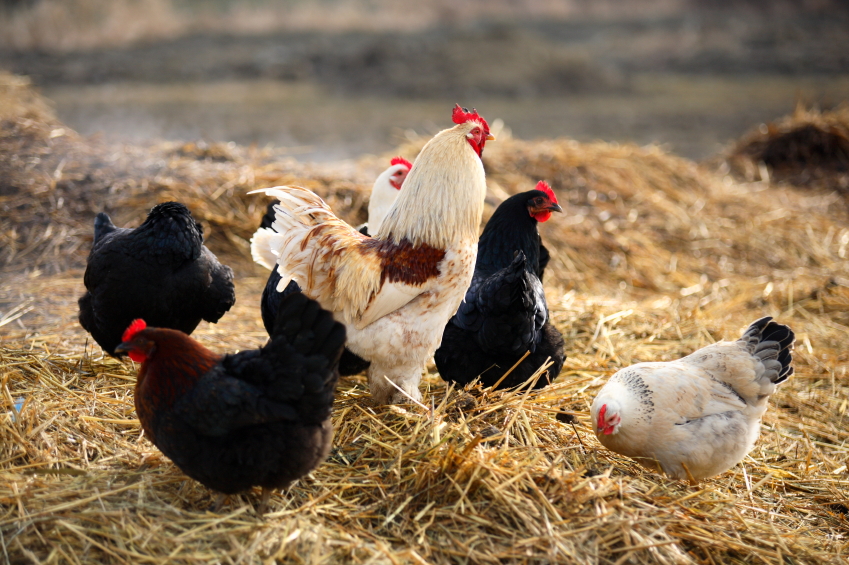
Chicken poop can remove carbon dioxide from the atmosphere
Environmentalists have touted the wonders of biochar, organic matter converted into charcoal. Buried in soil, biochar enriches plants. Derived from sustainable sources, it reduces waste. It takes hundreds of years to degrade, so it’s an easy way to remove carbon dioxide from the atmosphere and lock it into the earth, where it won’t cause havoc.
Biochar can be made from all sorts of organic matter—tree branches, peanut shells, wood chips—but scientists have found that biochar made from chicken manure works on a whole ’nother level. When researchers from West Virginia laced Appalachian soils with chicken manure biochar, the soils became less acidic and contained more nutrients. Chicken-char was better at removing copper and zinc ions from water than biochar made from wood chips or coconut shells. And burnt chicken poop proved the best at scrubbing mercury from coal emissions, removing over 95%.
Follow Sierra on Facebook, Twitter, Pinterest, Instagram and YouTube.
 The Magazine of The Sierra Club
The Magazine of The Sierra Club



